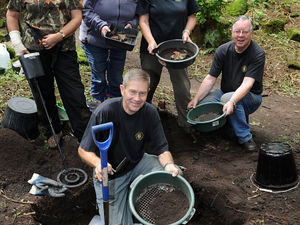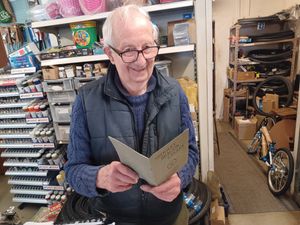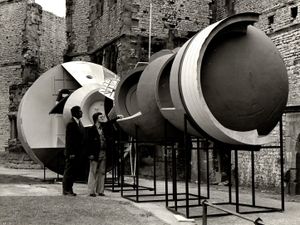Art exhibition captures the dying days of the Black Country's industry
The falling masonry and peeling paintwork of a famous brickworks. Rusting machinery lying idle in what had once been the workshop of the world.
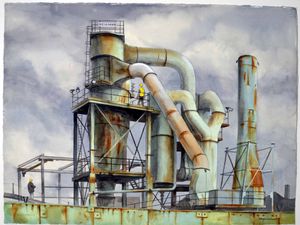
The famous industries which had made the Black Country into the powerhouse of the industrial revolution appeared to be in a state of terminal decline during the 1990s and early 2000s, as the region struggled to reinvent itself in a rapidly changing world. As recently as 1996, a third of the Black Country's workforce was still employed in manufacturing. By 2010 this had fallen to 15 per cent.
These dying days of so many West Midland industries were captured in the paintings of artist Arthur Lockwood, and many of these works are now being highlighted in an online exhibition organised by Wolverhampton Art Gallery.
Working in watercolour and pen, Birmingham-born Lockwood captured the changing urban landscape of the second city and the Black Country.
His paintings depicted the decay, demolition and redevelopment of many important industrial sites.
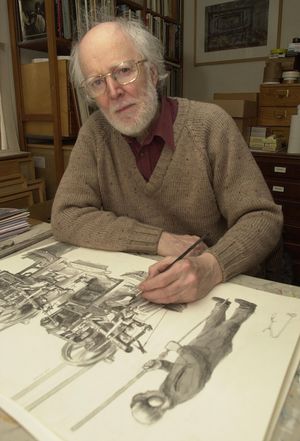
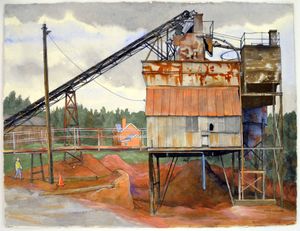
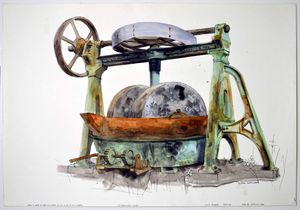
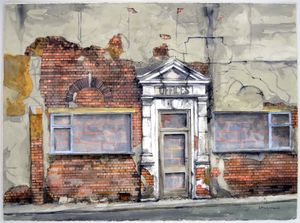
Born in 1934 at the height of the industrial boom, Arthur developed an interest in art and painting from an early age. After studying at Bournville School of Art and Birmingham College of Art, he moved to London to study at the Royal College of Art. For many years he worked as a successful book designer, but in the 1980s he decided he wanted to return to painting, and in 1987 he moved back to where he started documenting the changing face of the region.
Travelling the length and breadth of the area, he saw for himself how the factories, collieries, foundries, and rows of terraced housing and shops festering in a state of terminal decline, or being torn down to be replaced by shopping centres, office blocks, new housing and roads.
He spent hours drawing on the spot, outside in the cold, or in dusty, dingy, rundown empty premises, capturing on paper the last images of a way of life before the bulldozers moved in. The intricate drawings were taken back to his studio where watercolour washes were laid over adding drama and poignancy to the scenes.
A few of these buildings, such as the Harris & Pearson brickworks in Brierley Hill, were later restored to their former glory. Demolition work had actually started on the striking yellow-brick building, made from the company's own bricks, in 1996 when then heritage secretary Virginia Bottomley ordered the work to stop. A total of £869,000 was later spent restoring the building to its former glory, the work finally being finished in 2005.
But while there was a happy ending for Harris & Pearson, many of the other buildings were just left to fester, before they vanished completely.
Lockwood was also intensely interested in portraying the factories found in the region and the industrial processes that occurred within them, both in the form of his watercolour paintings and also in detailed annotations, which he often featured on the back of his art.
He died in June 2019 at the age of 85.
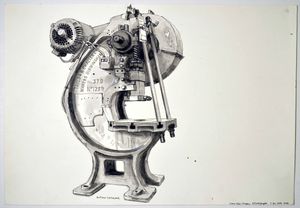
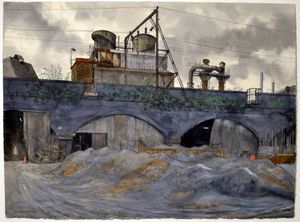

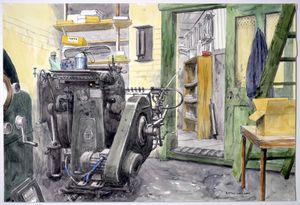
The exhibition, entitled Arthur Lockwood: Documenting the Black Country, aims to highlight the various subject matter that Lockwood portrayed and his individual interpretation of areas and themes.
Exhibition organisers say that his works are not only visually stimulating, but also help document a period of the region's history for future generations.
Councillor Stephen Simkins, deputy leader of Wolverhampton Council, says “The industrial heritage of Birmingham and the Black Country is significant around the world and played such an important part to the region’s economy.
“We are very lucky that the heritage of the region has been captured by artists such as Arthur Lockwood and that future generations are able to revisit this important part of history.”
The works shown in Wolverhampton Art Gallery’s collection were donated by the Lockwood family.
The exhibition can be seen online at wolverhamptonart.org.uk/lockwood.

